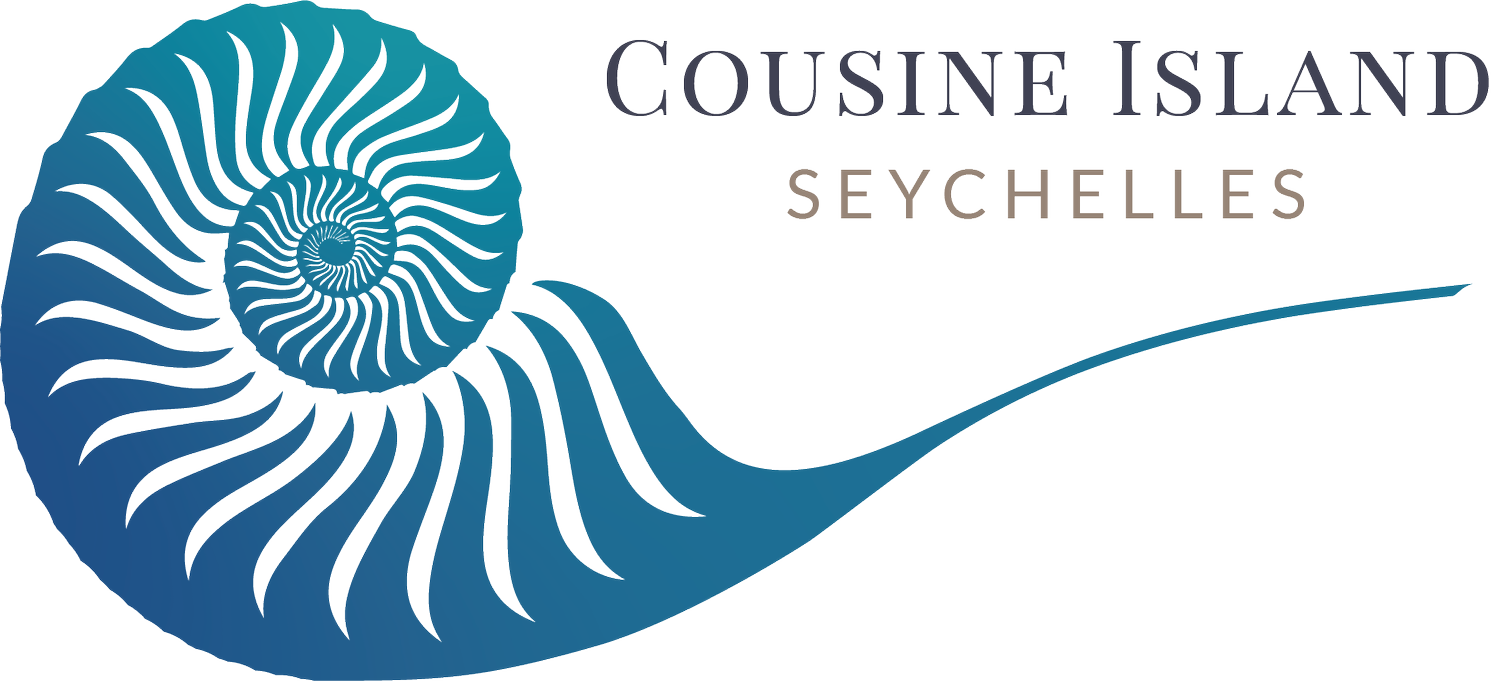The Takamaka Tree: A Coastal Guardian of Seychelles’ Wild Beauty
Leaves of a young Takamaka Tree
Along the untouched beaches of the Seychelles, where the horizon dissolves into shifting blues and the world softens into stillness, one tree has quietly shaped the story of the islands.
The Takamaka tree (Calophyllum inophyllum), with its sweeping canopy and sculptural presence, is both a botanical icon and a symbol of resilience. Its roots grip the sandy shoreline with unwavering strength, its branches bow toward the ocean with effortless grace, and its existence speaks to a timeless relationship between land, sea, and the cycles that connect them.
On Cousine Island, where conservation is not a practice but a deep-rooted philosophy, the Takamaka holds a revered place in the restored natural landscape. Here, amid a sanctuary protected by decades of dedication, this extraordinary tree thrives undisturbed — a living reminder of what the Seychelles once were, and what they can continue to be when nature is truly allowed to lead.
The Takamaka tree’s ability to flourish in the most challenging coastal environments is part of what makes it so extraordinary. It grows slowly, deliberately, adapting to wind, salt, and shifting sands with a patience that mirrors the rhythm of island life itself. Mature trees can reach heights of up to 35 metres, their trunks twisted and leaning as though shaped by the whispers of the ocean breeze. At high tide, their branches often stretch out over the water, releasing buoyant fruits that drift across the currents like tiny vessels of life. Fruit bats — the archipelago’s natural gardeners — carry seeds across islands, ensuring this species continues its ancient journey through the Seychelles.
But the Takamaka is not only botanically significant; it is woven into Seychellois culture and tradition. For generations, nearly every part of this tree has been valued. Resin is still used in local medicine to soothe wounds and insect bites, while the bark, fruit, seeds, and leaves have formed part of traditional healing practices. The tree’s timber, durable and richly hued, has long been favoured in select craftsmanship. And its elegant shape makes it one of the most recognisable trees along the islands’ beaches and roadsides, often planted for both beauty and shade. Its slow growth does not diminish its importance — if anything, it highlights the resilience and longevity that define the natural environment of Seychelles.
On Cousine Island, the Takamaka serves a deeper ecological purpose. As a coastal stabiliser, it anchors dunes, protects nesting sites, shelters native wildlife, and enriches soil health along the shoreline. Its roots hold the coastline steady, while its canopy offers refuge to seabirds and shade to gentle creatures moving beneath its branches. The tree plays a quiet but essential role in maintaining the integrity of the island’s restored ecosystem.
Cousine’s commitment to conservation amplifies the impact of this iconic species. With only a handful of guests welcomed at any time, the island’s landscape is never overwhelmed. Native vegetation — including the Takamaka — is allowed to grow, flourish, and regenerate naturally.
Every aspect of life on the island, from its solar-powered infrastructure to its rewilding efforts, reflects a promise to safeguard the biodiversity that makes places like Cousine so profoundly rare.
Walking beneath a Takamaka tree on Cousine Island is an experience of quiet luxury — a moment suspended in time. The soft rustle of leaves, the filtered sunlight on white sand, and the gentle scent of the sea create a sense of serenity found only in places where nature remains undisturbed. Its branches tell stories of centuries of tides; its roots speak to endurance; its shade invites stillness.
In many ways, the Takamaka embodies the spirit of Cousine Island itself: strong yet graceful, ancient yet alive with renewal, understated yet deeply significant. Its presence is a reminder that true luxury is not simply crafted — it is protected. It grows in places where nature is honoured, where conservation is lived every day, and where every species, from the smallest insect to the tallest tree, is allowed to flourish.
For those who visit Cousine Island, the Takamaka offers more than a glimpse into the natural heritage of Seychelles. It offers a profound sense of connection — to the land, the ocean, and the enduring beauty that emerges when a place is nurtured with care. As it stands guard over pristine shores, the Takamaka whispers the island’s promise: to preserve what is rare, to restore what is fragile, and to ensure that the wild beauty of Seychelles remains untouched for generations to come.




